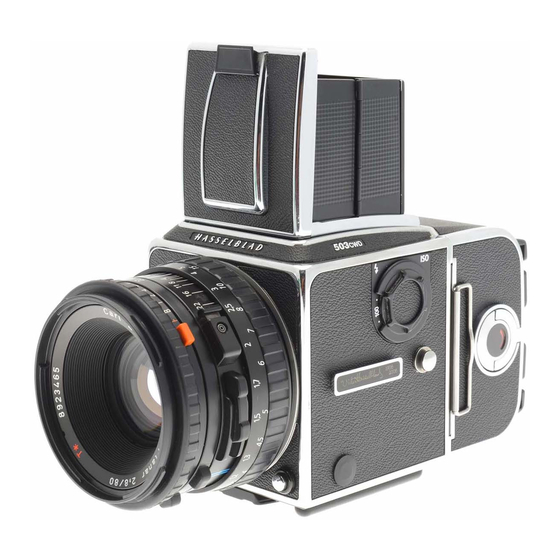
Hasselblad 503CW User Manual
Camera hasselblad
Hide thumbs
Also See for 503CW:
- Service manual (93 pages) ,
- User manual (86 pages) ,
- Instruction manual (39 pages)
Table of Contents
Advertisement
Advertisement
Table of Contents













Need help?
Do you have a question about the 503CW and is the answer not in the manual?
Questions and answers